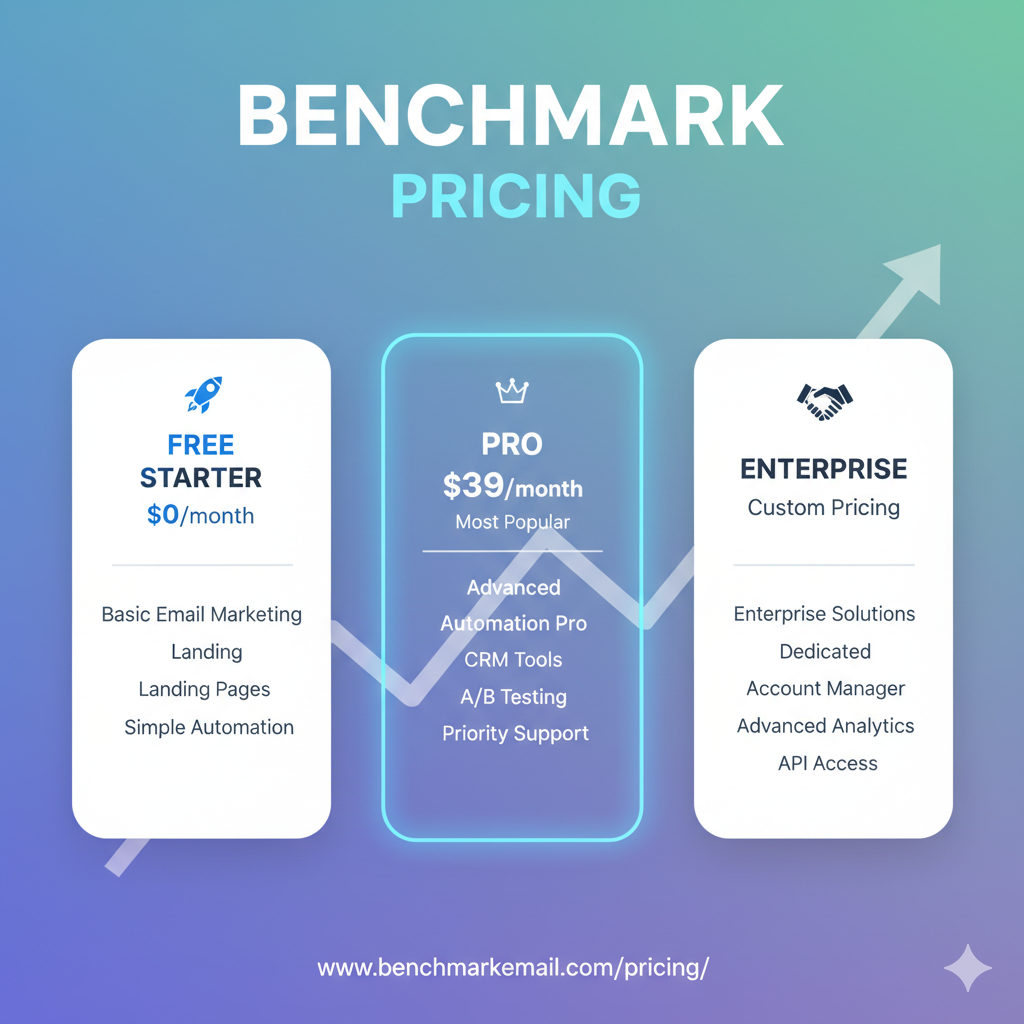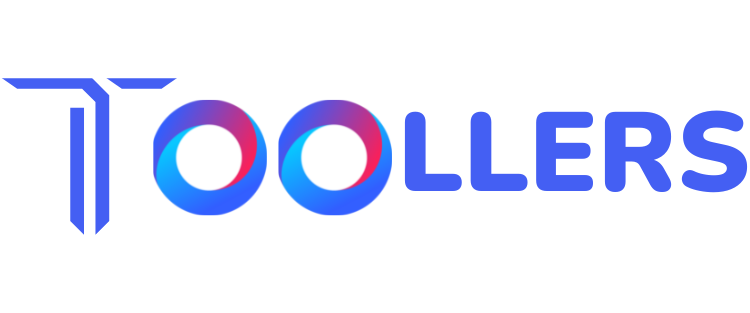TL;DR Summary
Benchmark pricing lets businesses set fair, competitive and profitable rates using real industry data.
Most SaaS leaders (78%) now use value-based pricing instead of old models.
AI-powered benchmarking tools help small businesses access real-time pricing intelligence.
Common benchmarking mistakes: relying on outdated data, skipping volume weighting, ignoring competitor shifts.
See full pricing and examples at Toollers.com.
Introduction
Pricing mistakes cost businesses over 8% of operating profits on average, and over 30% of companies still miss optimal pricing strategies in 2025. Benchmark pricing is no longer optional—leading brands and freelancers use it to set fair, data-driven rates. With global SaaS, marketing, and service prices fluctuating faster than ever, using competitive intelligence and cost benchmarks isn’t just smart, it’s necessary. Whether shopping for software, negotiating services, or setting agency fees, this guide reveals how to compare, calculate, and land better pricing across regions and business models. Discover the most useful data, practical steps, and common pitfalls, and learn why the best teams trust Toollers.com for up-to-date benchmark rates.
What Is Benchmark Pricing?
Benchmark pricing means using market data to set a fair price or rate for products and services in comparison to industry standards, competitors, or best practices. It goes beyond guesswork and aligns price with actual market value, helping business owners, marketers, freelancers, and teams avoid overpaying or underselling.
Why Benchmark Pricing Helps in 2025
Businesses using benchmark pricing typically grow profits faster. Recent global studies show a 1% price increase delivers an average 8.7% rise in profit when pricing is benchmarked carefully. AI-powered pricing and benchmarking platforms now level the playing field for small businesses, allowing instant data access previously reserved for giants.
Featured Snippet: How to Set Your Benchmark Price
Set your benchmark price by combining fresh competitor data, industry averages, and your unique cost structure. Use AI-powered tools to track real-time market shifts, adjust for volume, and avoid relying only on historic rates. Review pricing quarterly for best results.
Main Types of Benchmark Pricing
- Value-Based Benchmarking: Used by 78% of top SaaS companies; prices set by what a product/service is worth to the customer, not just by costs.
- Usage-Based Benchmarking: Now in 56% of SaaS; rate varies by how much a customer uses the product (especially common in data and cloud software).
- Competitor-Based Benchmarking: Actual competitor prices and promotions determine target rates; critical for retail, procurement, and some services.
- Pack/Bundle Benchmarking: Price set for bundles or multiple products/services based on group savings and competition.

Finding and Using Benchmark Cost/Rate
Steps to Benchmark Your Pricing Strategy
- Gather up-to-date competitor prices from online platforms, marketplaces, and tender sites.
- Compare averages for rate, cost, and pricing model relevant to your sector.
- Adjust data for volume, currency, and region; don’t use unweighted unit prices.
- Use AI-driven solutions for real-time pricing alerts and competitive shifts.
- Validate prices quarterly to match rapid market changes.
Checklist for Benchmarking
- Fresh competitor data (monthly update)
- Current rate/cost average for region/country
- Weighted pricing (not just unit cost)
- Validation against at least 3 direct competitors
- AI tool / manual spreadsheet
- Track promo/loss leader effects
- Check hidden fees & adjust
Benchmark Pricing vs. Alternatives (2025 Table)
| Model | Best For | Flexibility | Risk Level | Example |
| Benchmark Pricing | SaaS, B2B, Marketing | High | Low | SaaS plans |
| Cost-Plus Pricing | Manufacturing, Retail | Low | Medium | Bulk goods |
| Competitor-based Pricing | Agencies, Freelancers | Medium | Medium-High | Retail rates |
| Value-based Pricing | SaaS, Services | High | Low | Freemium |
| Pure Subscription Pricing | Digital products | Medium | Medium | Apps |
Real Case Studies & SaaS Examples
78% of SaaS companies now price by value rather than internal cost, a sharp jump from 62% in 2023. For example, Snowflake and Databricks combine usage-based billing with value-driven tiers, growing expansion revenue and retention. Early-stage startups favor “free forever” tiers, with strategic caps driving upgrades. Growth-stage companies refine price every quarter—using cohort analysis and AI to optimize.
Marketing agencies leveraging AI benchmarking matched promo rates in real-time and saw higher conversion rates. In one case, a switch to value-based benchmarking cut churn by 41% and increased upsell revenue by 28%.
Mistakes & Myths About Benchmark Cost
- Failing to account for product volume or region can skew benchmarks.
- Over-reliance on historic data ignores fresh market changes.
- Benchmarking isn’t a replacement for running a competitive RFP; true market pricing often requires live negotiation.
- Hidden management fees and promo pricing may distort true benchmarks.
- Comparing “unit price” without a weighted basket can mislead savings estimates.
- Not checking currency conversions/context can net major errors in global deals.
Localized and Global Trends
Global pricing varies widely. North America favors premium pricing + self-service; Europe streamlines with fewer tiers and more inclusive features. APAC leads in regionally customized pricing structures. Local economic conditions, sector competitiveness, and tech adoption (AI pricing tools) reshape rates region-by-region. “Near me” searches, especially for freelance and agency services, reflect fast demand for local cost benchmarks and pricing guides.
Conclusion & Next Steps
Benchmark pricing is the single most effective way to ensure business owners, marketers, and freelancers get fair, profitable, and competitive rates in a rapidly shifting market. From AI-powered competitor analysis to value-driven SaaS pricing, the leaders in 2025 are those who adapt quickly, track data, and update pricing regularly. Want smarter costs and unbeatable rates? Visit Toollers.com now, see full pricing or buy instantly—benchmark your success!
FAQ Section
1. What is benchmark pricing?
Benchmark pricing is setting your price or rate by comparing to competitor averages and current market data, ensuring fair value and market positioning.
2. How often should I review benchmark cost or rate?
Quarterly reviews are best to capture fast-changing market and competitor prices.
3. Should freelancers and agencies use benchmarking?
Yes. Benchmarking lets both freelancers and agencies align service rates to current demand and avoid pricing too high or too low.
4. What tools help with price benchmarking?
AI-powered platforms, real-time market data dashboards, and cost calculators can provide instant, actionable insights.
5. What is the biggest benchmarking mistake?
Failing to update data and ignoring product volume/context skew results. Use fresh comparison and adjust for volume/currency every time.
6. How does benchmark pricing change globally?
Different regions vary widely: North America is premium-focused, Europe offers fewer pricing tiers, APAC customizes to local buying behaviors.
7. Can benchmarking be used for procurement and tenders?
Yes—benchmarking is essential in procurement, helping buyers avoid overpaying on contracts and vendors to set competitive bids.
8. Are benchmark rates dynamic or fixed?
They fluctuate—rates change with market trends, competitor moves, promotional cycles, and global economic shifts.


